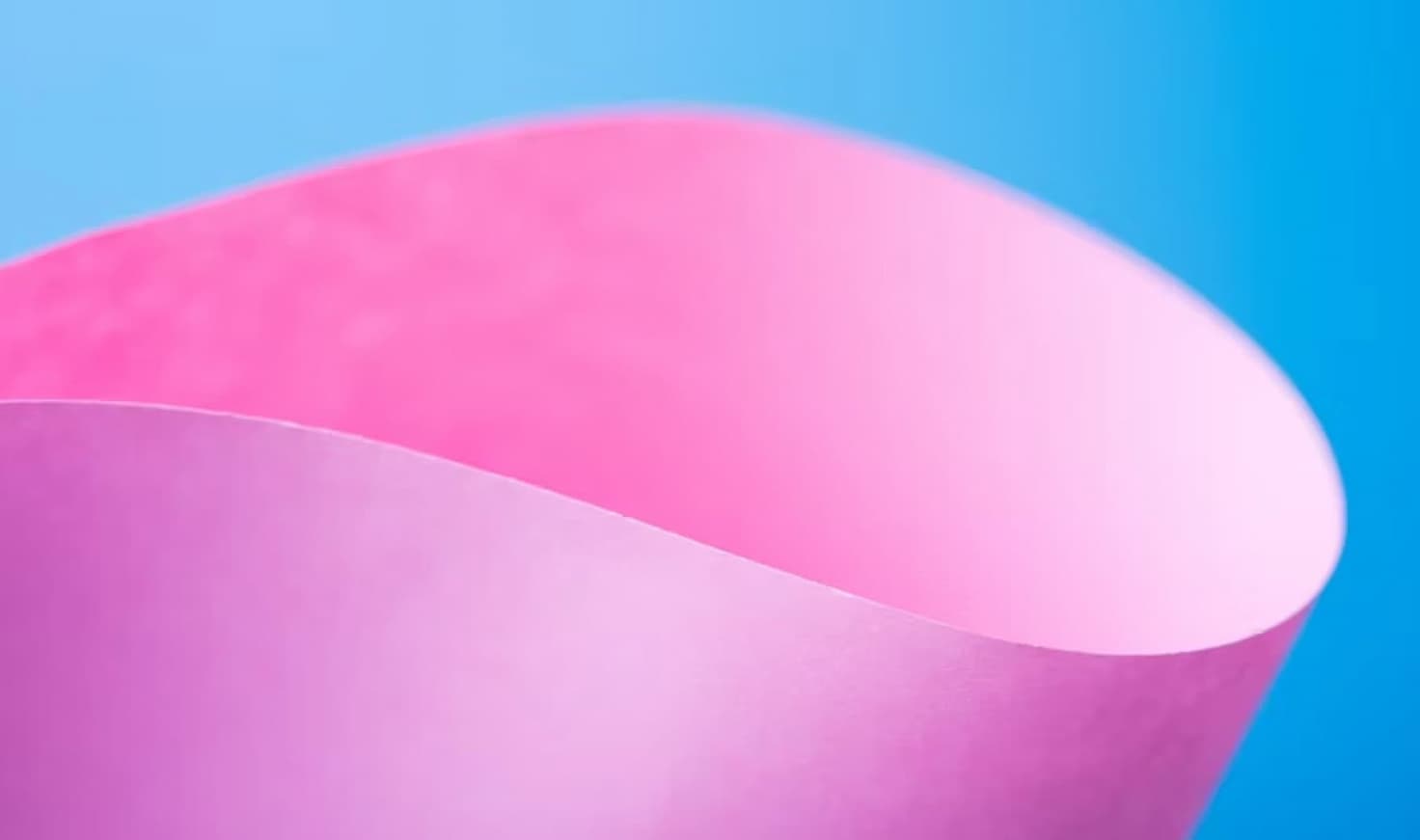Sea cucumbers are marine animals that belong to the class Holothuroidea. They are echinoderms, related to starfish and sea urchins. Sea cucumbers are found in oceans around the world, from shallow coastal waters to deep-sea environments.
Below are the different types of Sea Cucumber:
Holothuria Atra
Holothuria atra, also known as the black sea cucumber or lollyfish, is a common and widespread species found in tropical and subtropical Indo-Pacific waters. Its body is cylindrical and leathery, with a smooth, black skin that is often covered in sand or debris. It has 20 retractable tentacles surrounding its mouth, which it uses to feed on detritus and small organisms.
Holothuria Scabra
Holothuria scabra, commonly known as sandfish, is a species of sea cucumber in the family Holothuriidae. It is a commercially important species, harvested and processed into “beche-de-mer” and eaten in China and other Pacific coastal communities. Sandfish are found in shallow waters, rarely in depths of more than 10 meters. They are typically found on inner reef flats of fringing and lagoon-islets reefs, coastal areas under terrigenous influence, and near mangroves.
Royal Cucumber
Parastichopus regalis, also known as the royal sea cucumber, is a species of sea cucumber in the family Stichopodidae.
Apotichupus janponicus
Apostichopus japonicus is a species of sea cucumber in the family Stichopodidae. It is found in shallow temperate waters along the coasts of south east Asia and is commonly known as the Japanese spiky sea cucumber or the Japanese sea cucumber.
Holothuria Tubulosa
Holothuria tubulosa, also known as the cotton-spinner. It’s known for its ability to change skin color and texture, and its hermaphroditic reproductive system.
Our development journey into the captivating world of sea cucumbers!
In the pursuit of scientific understanding and hands-on exploration, IT4-B has delved into the depths of marine biology to unravel the mysteries surrounding these fascinating creatures. As part of our subject experiment, we have immersed ourselves in the study of sea cucumbers, aiming to contribute valuable insights to the broader understanding of marine ecosystems.
Want to contribute on this project?
🤝 Github Repository: https://github.com/2023-ITD109-ITB/Web-App-MLIM_Seacucumber-LC
